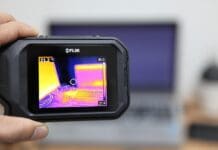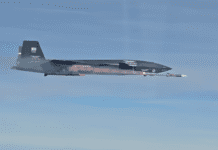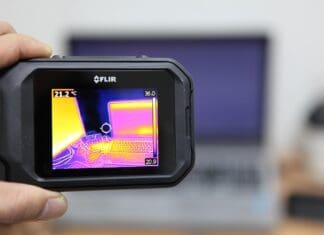This post is also available in:
 עברית (Hebrew)
עברית (Hebrew)
A new Russian dual purpose airspace control system is capable of identifying and tracking UAVs, cruise missiles and low-flying aircraft by using GSM networks. The system could also be employed to assist with rescue operations and to improve fire safety, UASVision reported, basing on Izvestiya.
The new Rubezh system monitors metal objects that cause disturbances in electromagnetic fields.
“If metal objects cross the electromagnetic field, base stations record the interference,” an unnamed source told Izvestia. “Using the Doppler effect and triangulation, the Rubezh determines the coordinates of the object with high precision by analyzing the signals from base stations that recorded changes in the field.”
Once the Rubezh acquires and identifies the target, the system transmits the data to monitoring centers using GSM (Global System for Mobile Communications) networks. GSM is the most widespread digital wireless telephony technology in the world.
These monitoring centers include the Russian Defense Ministry’s National Defense Management Center, as well as command and control centers for air defense systems of the Russian Aerospace Forces.
Ruselectronics will showcase the Rubezh airspace control system at the Army-2016 expo that will be held in September. Igor Kozlov, CEO of Ruselectronics, described the system as a “fully innovative” cost-efficient solution that will drastically enhance the capabilities of Russia’s anti-aircraft and anti-missile defense systems”.
The system will also have a civilian application. It could be used to track civilian aircraft, assist in search and rescue operations following air crashes and improve fire safety.
























